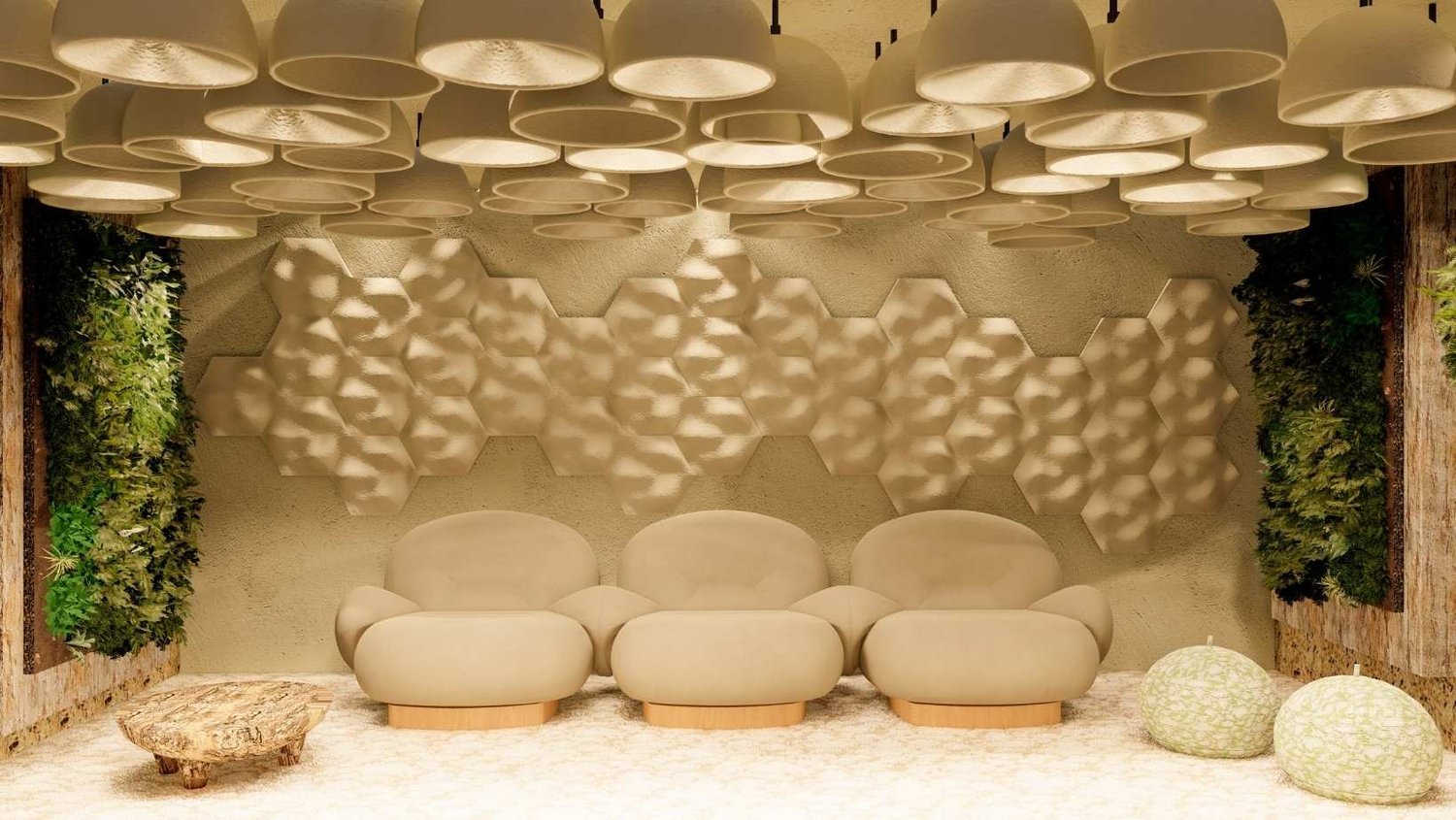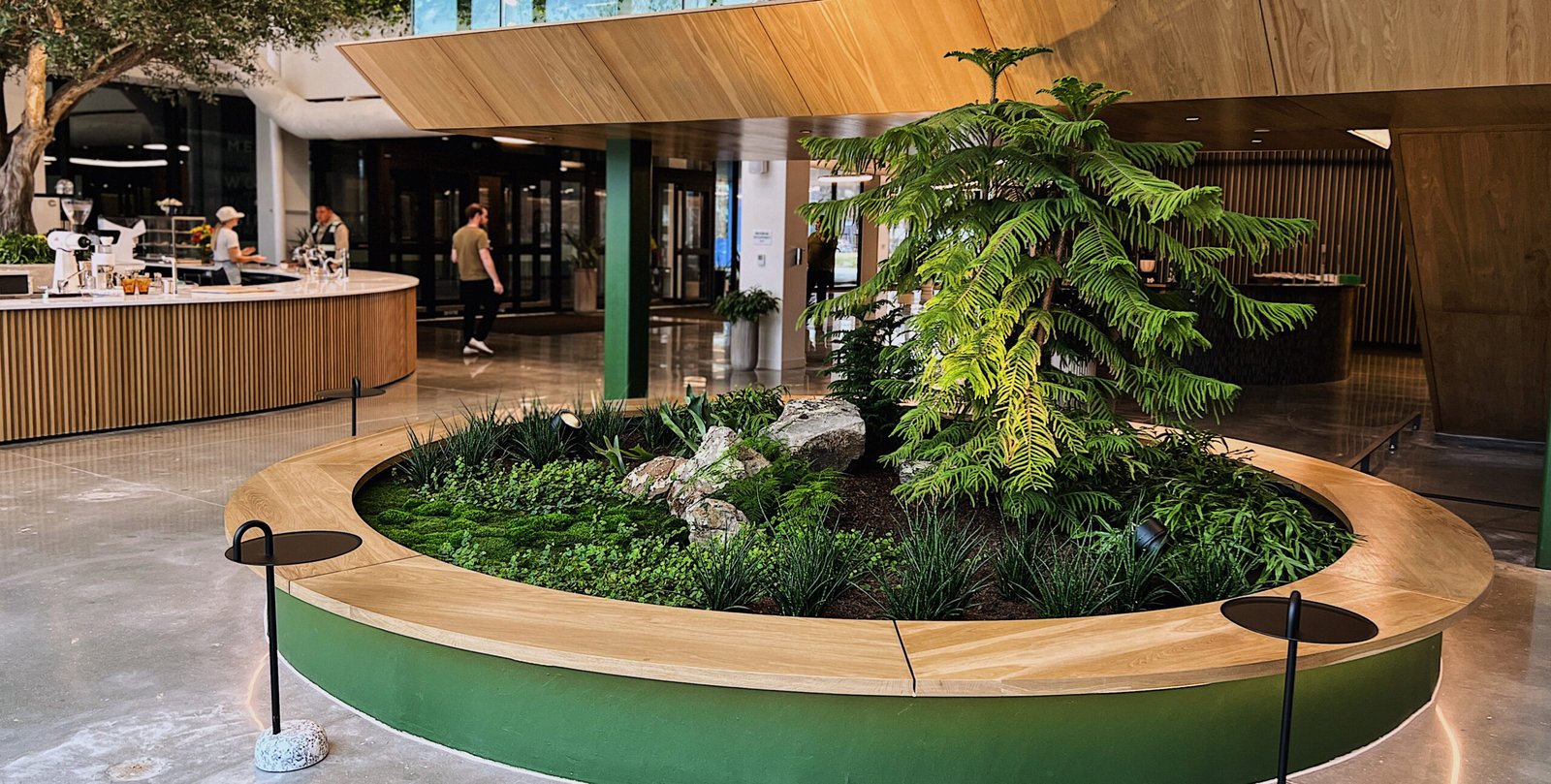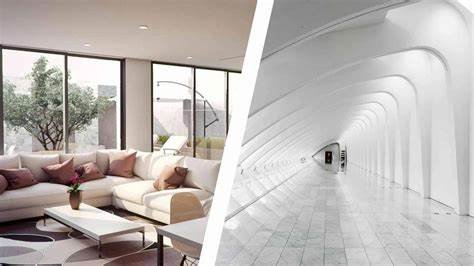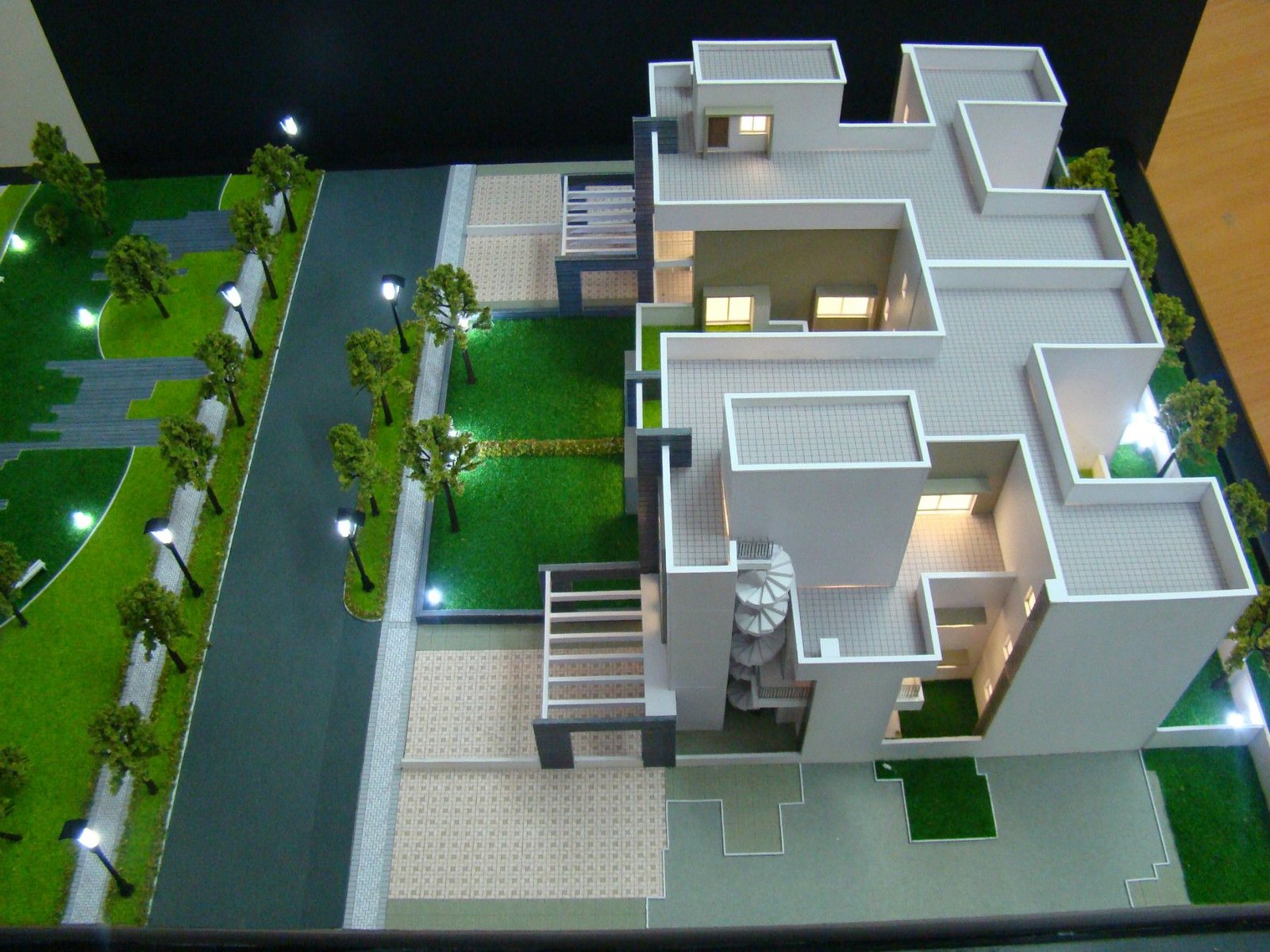In this article, we’ll discuss effective strategies for designing spaces for wellness. As architects and designers, we have the power to create environments that promote health, relaxation, and well-being. Designing spaces for wellness is not just about aesthetics; it involves thoughtful planning and consideration of how physical spaces can influence mental and emotional health. Here are some key strategies to help you create wellness-focused environments.
1. Prioritize Natural Light
Natural light plays a significant role in promoting wellness. It has a positive effect on our mood and energy levels. When designing spaces for wellness, consider large windows and skylights that allow ample sunlight to flood the interior. Additionally, use light-colored materials and reflective surfaces to enhance the brightness of the space. A well-lit area can make people feel more relaxed and focused, contributing to their overall well-being.

2. Incorporate Nature
Bringing elements of nature indoors can significantly impact wellness. Incorporate plants and greenery into your designs, as they improve air quality and create a calming atmosphere. You can also design outdoor spaces or balconies where people can connect with nature. Use natural materials, like wood and stone, to create a sense of harmony with the environment. By integrating nature into your designs, you promote tranquility and reduce stress.
3. Create Flexible Spaces
Flexibility in design is crucial for wellness-focused environments. Different activities require different types of spaces. Consider designing areas that can be easily adapted for various purposes, such as yoga, meditation, or group gatherings. Movable furniture and open floor plans can encourage collaboration and social interaction. Creating flexible spaces fosters a sense of community and enhances the overall experience for users.
4. Focus on Acoustics
Sound has a significant impact on well-being. Designing spaces for wellness means paying attention to acoustics. Consider using sound-absorbing materials, like carpets, acoustic panels, and curtains, to minimize noise pollution. Creating quiet zones or meditation areas where people can escape the hustle and bustle is also important. By controlling sound, you can create a peaceful environment that promotes relaxation and focus.
5. Optimize Air Quality
Indoor air quality is crucial for health and well-being. When designing spaces for wellness, use materials that have low volatile organic compounds (VOCs) and are free from harmful chemicals. Incorporate proper ventilation systems to ensure fresh air circulation. Additionally, integrating plants can help purify the air. By optimizing air quality, you create a healthier environment that supports the physical and mental well-being of occupants.
6. Use Color Wisely
Color can greatly influence our emotions and behaviors. When designing spaces for wellness, choose colors that promote calmness and relaxation. Soft, neutral tones like blues and greens can create a soothing atmosphere. You can also use warm colors in moderation to stimulate energy and creativity. Be mindful of how different colors affect mood, and create a palette that enhances the overall wellness experience.
7. Design for Movement
Physical activity is essential for well-being. When designing spaces for wellness, consider incorporating areas for movement, such as walking paths, open spaces for exercise, or fitness rooms. Encourage people to engage in physical activities by making these areas accessible and inviting. Designing for movement not only supports physical health but also boosts mental clarity and emotional balance.
8. Encourage Social Interaction
Social connections are vital for overall wellness. Design spaces that encourage interaction and community building. This can be achieved by creating communal areas, such as lounges or kitchens, where people can gather and share experiences. Open floor plans and comfortable seating arrangements can foster conversations and connections. By promoting social interaction, you enhance the sense of belonging and well-being within the space.
9. Implement Mindfulness Spaces
Mindfulness is essential for reducing stress and promoting mental health. Incorporate dedicated areas for mindfulness practices, such as meditation rooms or quiet zones. These spaces should be designed to minimize distractions and create a calming atmosphere. Consider using soft lighting, comfortable seating, and natural elements to encourage relaxation and introspection. Mindfulness spaces provide a retreat for individuals seeking peace and clarity.
10. Stay Adaptable to User Needs
Finally, it’s important to remain adaptable when designing spaces for wellness. User needs may change over time, and flexibility is key. Consider gathering feedback from occupants and making adjustments based on their preferences. This could mean modifying layouts, adding new features, or incorporating additional wellness amenities. By staying responsive to user needs, you ensure that the space continues to promote wellness over time.
Conclusion
In this post, we’ve discussed various strategies for designing spaces for wellness. From prioritizing natural light to creating flexible environments, each element plays a vital role in enhancing health and well-being. As designers and architects, we have the unique opportunity to shape spaces that positively impact people’s lives. By implementing these strategies, we can create environments that foster wellness and support overall quality of life.











